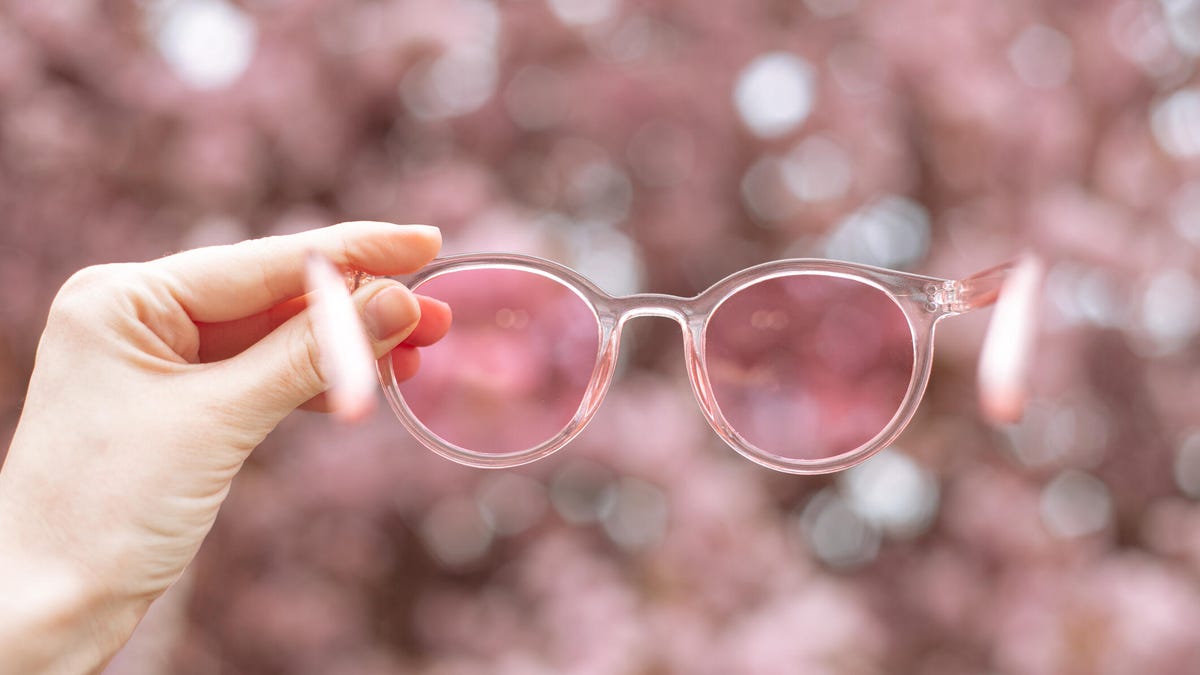
In addition to sunscreen, it’s good to wear sunglasses outside to protect your eyes from the sun’s UV rays. But sunglass lenses can come in many different shades, including brown, gray, green and more. What does this mean?
The color of your sunglass lenses can affect the way sunlight filters in, and — depending on the task or activity — certain tints or colors are better than others. Taking lens color into account as you hunt for your next pair of shades will allow you to take advantage of the many benefits sunglasses have to offer.
Here’s more on lens color and how different tints affect the way you see the world while safeguarding your eyes.
Brown or amber
Darker tints, like brown or amber, are common and work well for everyday use, REI reported. Brown offers a multitude of benefits that make it such a popular color. It helps protect your eyes by cutting through glare and preventing eye strain. It also enhances warm colors and brightens your vision.
Moreover, according to VSP Vision Care, the high contrast provided by these lenses ensures that objects appear more defined and sharp even at a distance. This makes them an excellent option for sports and outdoor activities that require clear vision and heightened visual acuity, such as hunting and golfing.
Yellow or orange
Yellow or orange-tinted sunglasses are perfect for moderate- to low-light conditions, per REI. They can be helpful in foggy, hazy or overcast weather because they enhance contrast and clarity. This color also makes it easier to focus your eyes on moving objects, Hiking and Fishing reported. Gamers, pilots, hunters and winter athletes gravitate towards this tint.
Blue or purple
Blue or purple-tinted sunglasses help reduce glare in bright, sunny conditions and environments, per Hunting and Fishing, so they minimize discomfort caused by bright reflections. They also improve color and contour perception, according to Frames Direct. These qualities make them perfect for water sports and snow activities as well as wet or misty conditions.
Green
Green-tinted sunglasses are suitable for a variety of situations. They improve color perception and contrast, reduce glare and also help brighten shadows. That makes them helpful for sunny outdoor activities like golfing, fishing and hiking — but they’re just as effective in low-light or partially cloudy weather.
Pink or red
Pink or red-tinted lenses are ideal for depth perception, according to Hunting and Fishing. This color is also a popular choice for winter sports because it offers great contrast against white backgrounds. Additionally, these lenses can be beneficial for individuals with light sensitivity or certain eye conditions, providing a soothing effect and easing eye strain.
Gray
Gray sunglasses provide a neutral color perception and reduce overall brightness without distorting colors, according to VSP. They are versatile and suitable for a wide range of situations, making them ideal for everyday wear. In bright sunlight, they minimize glare and eye fatigue and provide comfort to the eyes. They remain just as helpful in cloudy or lower-light weather. Wear them for outdoor activities like running, cycling and beach outings, or while driving.
Other specs for your specs
When considering sunglasses for eye protection, there’s still more to think about beyond color and style. For example, lens coating, lens material and frame material. Polarized lenses reduce glare, while mirrored or flash coatings enhance visual comfort. However, the most critical factor is UV protection, ensuring sunglasses block harmful rays that can lead to certain eye conditions, such as cataracts or cancer. A combination of these factors, tailored to specific situations, helps determine the best sunglasses for optimal eye safety and comfort.
Correction, Aug. 15: An earlier version of this story included an incorrect tip. It is not advisable to wear red or pink lenses while driving.
